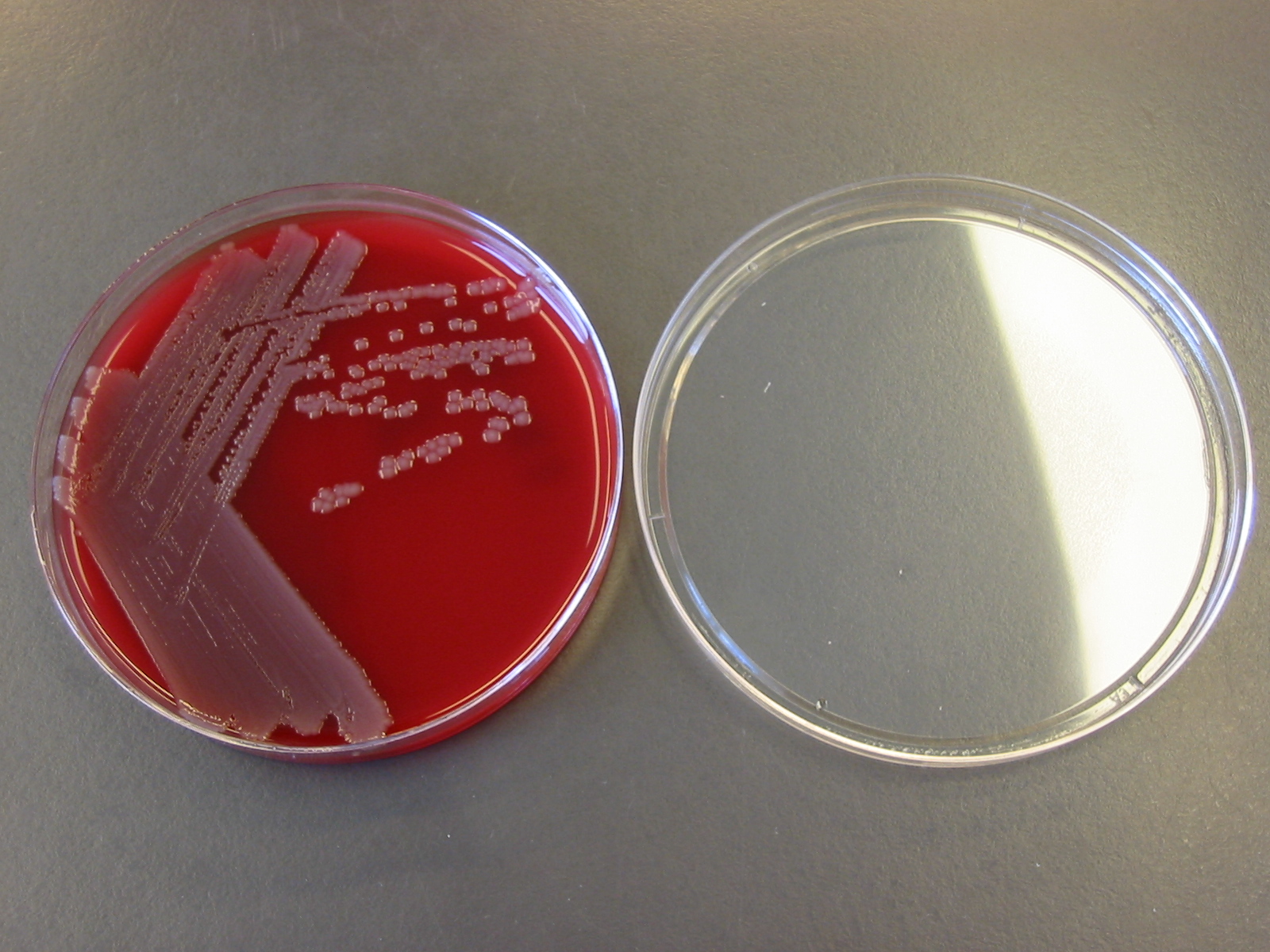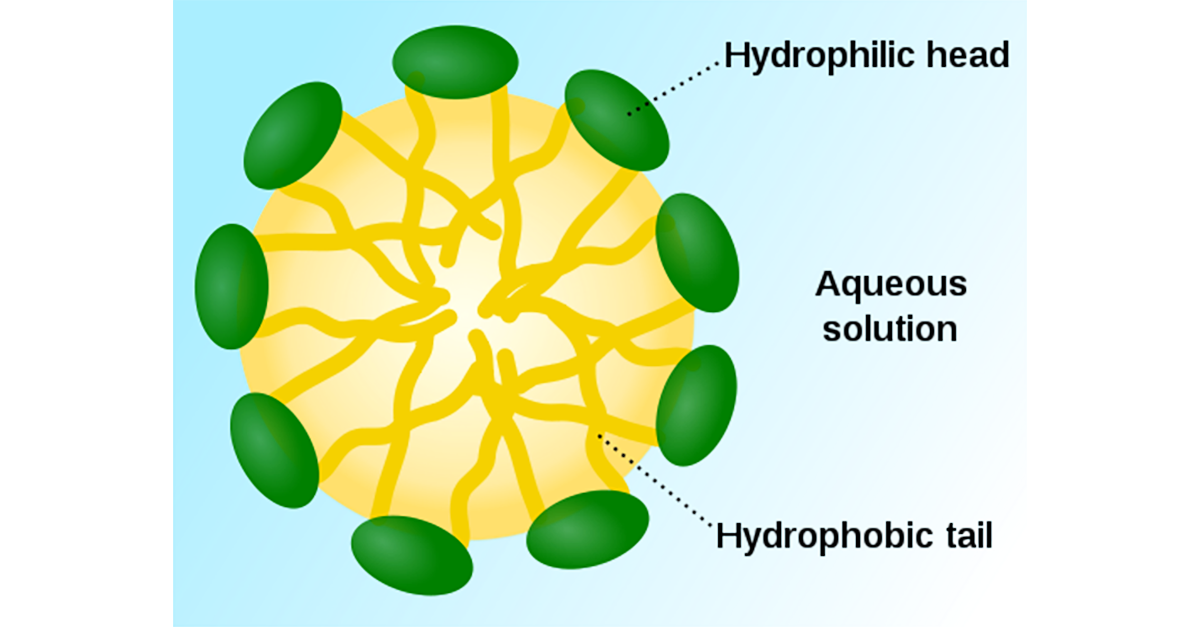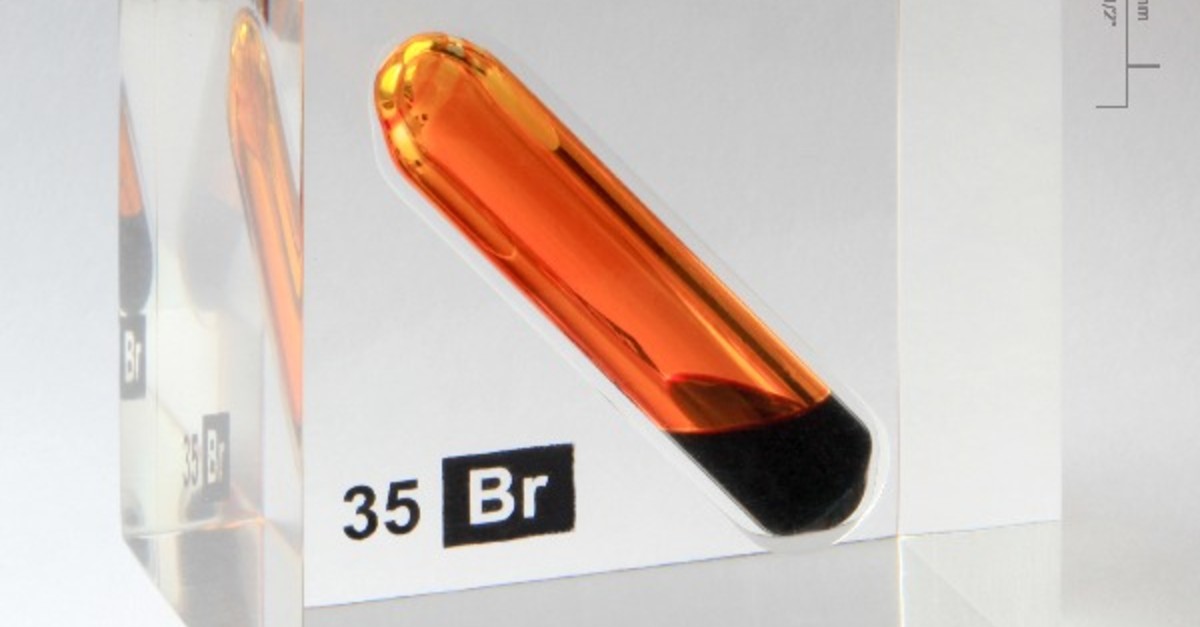Cleaning in Food & Beverage Manufacturing: Does Liquinox Kill Bacteria?
Q. Will Liquinox kill bacteria, yeast and molds in a nutritional food and beverage manufacturing facility? Has it been approved or verified for this purpose?
A. Alconox, LLC detergents assist in the removal of pathogenic residues, but they do not kill them, and none of the detergents from Alconox, LLC have sporicidal properties. We do speak, in our literature about how….
Advanced Cleaning Mechanisms: The Critical Micelle Concentration of Detergent
The critical micelle concentration is the minimum concentration at which the emulsifiers in a detergent will coalesce in to membrane structures of globes, rods or sheets with their hydrophobic (water hating) ends on the inside of the membrane and their hydrophilic (water loving) ends on the outside such that hydrophobic oily residues can be emulsified inside these membrane structures. Micelles are further elaborated on below. If you are below the critical micelle concentration, you do not have effective emulsifying of oily residues.
Non Hazardous Replacement for N-Propyl Bromide
Q: What can we do to replace n-propyl bromide? We are cleaning grease and oil from stainless steel. We had heard Citranox might do the job well.
A: The compound n-propyl bromide is often used in vapor degreasing and is considered to be associated with some serious health risks and is hazardous. We would certainly recommend you switch to a drain-safe, biodegradable, aqueous detergents.
Residual Chlorine on Printed Circuit Boards
Q. We have found chlorine present on our printed circuit boards after ultrasonic cleaning and distilled water rinse. As ultrasonic cleaning detergent, we’re using either Liquinox or Detergent 8, but are unsure which one was used on affected boards. Could either be contributing to this issue?
A. It’s highly unlikely that either detergent, or your cleaning process, is the source of the chlorine residue. The cleaning process you described, if using detergent at recommended dilution levels, should successfully remove flux and process residues.
Detergent Color Variations
Q. The color of our Liquinox is slightly different by lot number. Why is this happening? Is there an issue, perhaps we have done something wrong with storage?
A. Do not fear! These color variations are normal. There is a range of acceptable color differences in Liquinox detergent. Differences in the age and storage conditions of the raw materials and of the Liquinox detergent itself will account for differences in color




